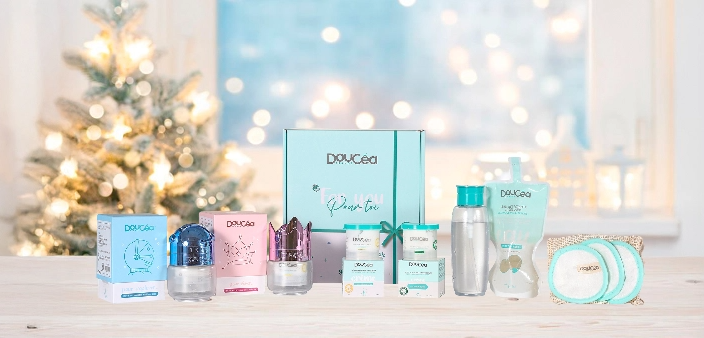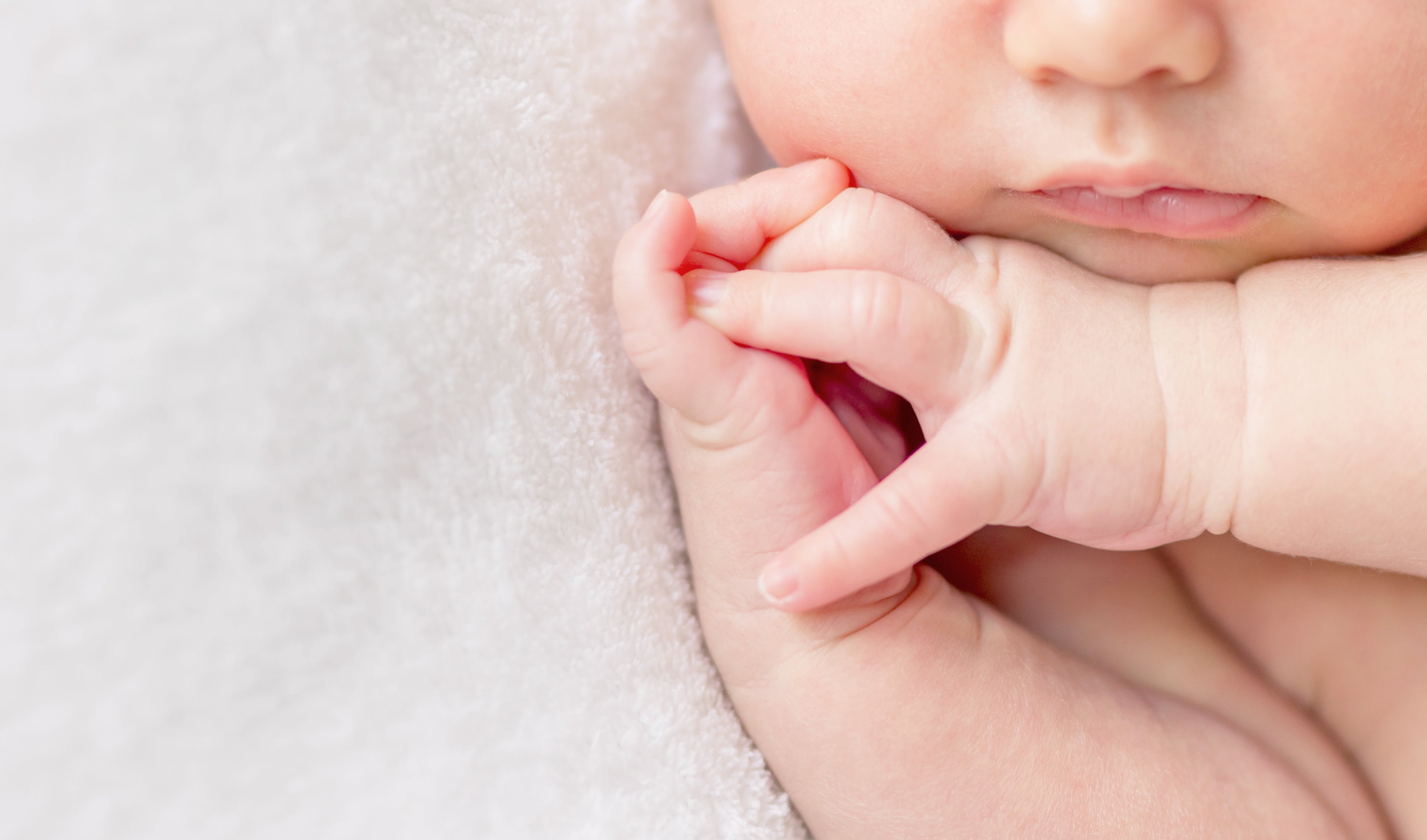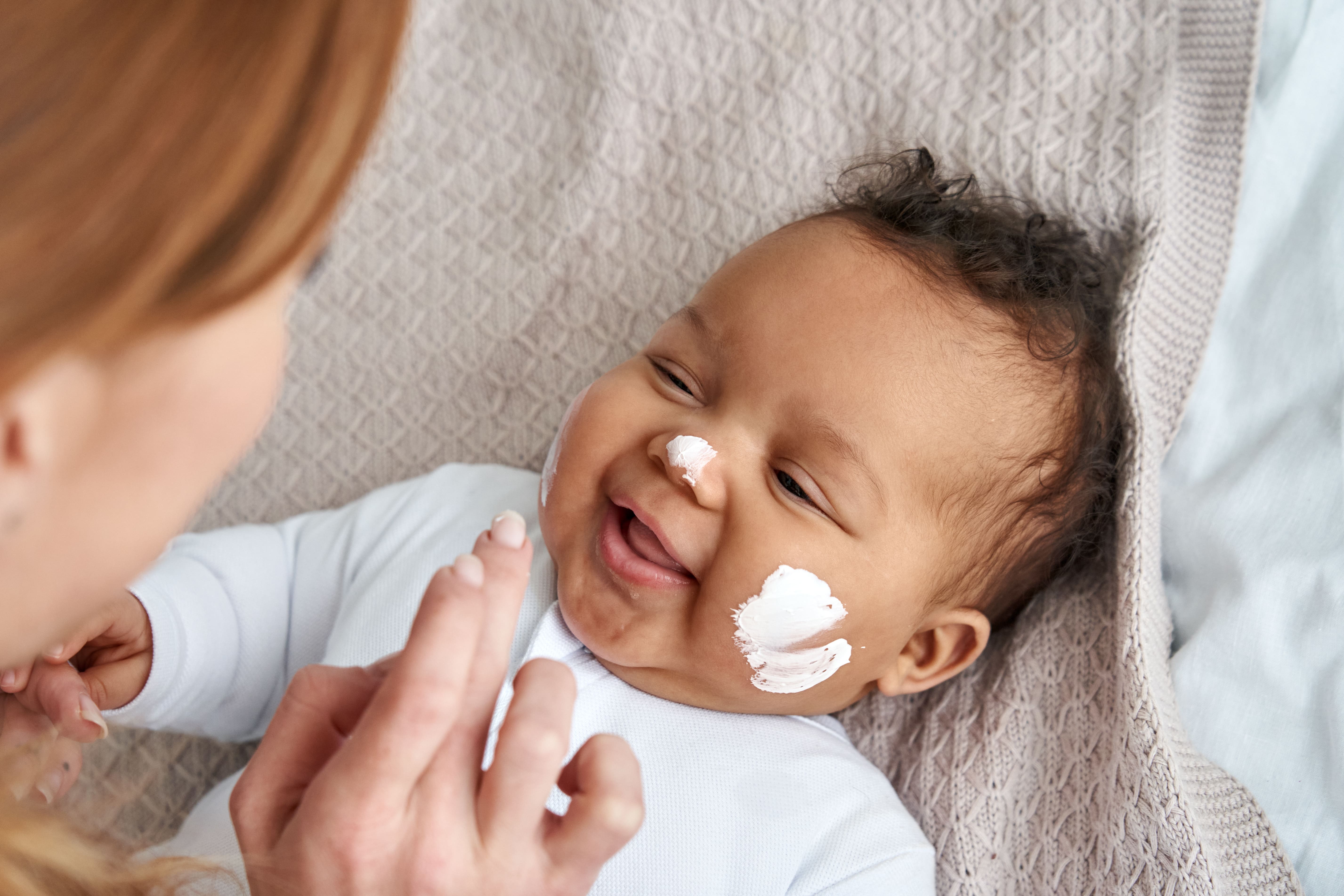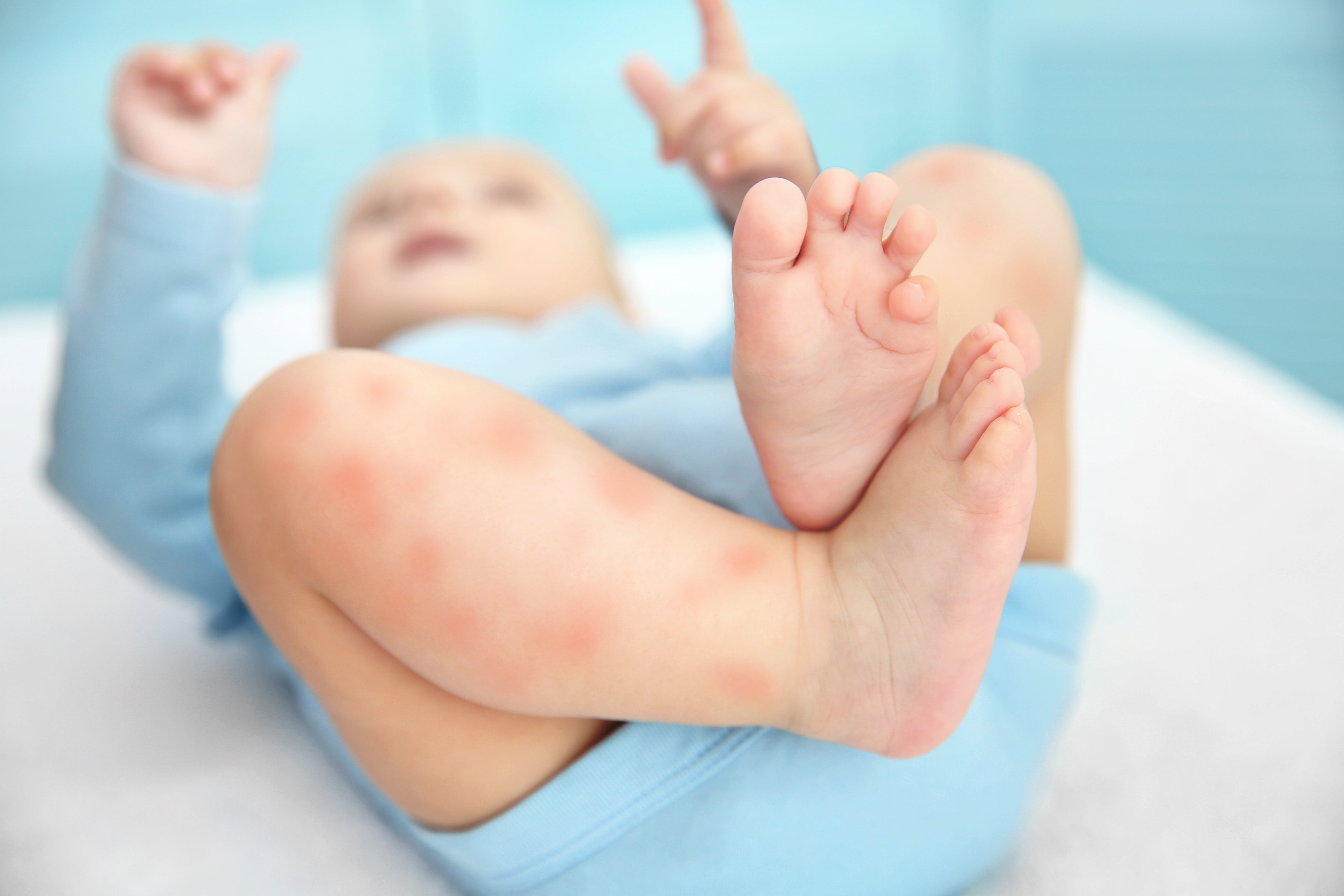As a pediatrician, I frequently see children for consultations related to skin concerns. Redness, dryness, small patches, small pimples... so many minor and major concerns that often worry families.
But behind these apparent fragilities, we must also remember that children's skin conceals a formidable, almost magical capacity.
A real “super power” that I invite you to discover at the end of this article.
Protecting baby's fragile skin
Babies' skin is one of the most delicate and fragile parts of their bodies, and understanding why it is this way is essential to providing proper care. An infant's skin is fragile due to several intrinsic and extrinsic factors. First, babies' skin is still developing and has an immature structure.
It is thinner and more permeable than adult skin, with an epidermis 20% thinner and a stratum corneum 30% thinner, which makes it particularly vulnerable to external aggressions.
Additionally, newborn skin must adapt to a dry environment after bathing in amniotic fluid during pregnancy, which causes natural, temporary shedding. Maternal hormones also play a role in this adaptation, contributing to the skin shedding seen in the first few weeks of life.
These specific characteristics make babies' skin more sensitive and prone to dryness, thus requiring special care to protect it and keep it healthy.
The immature structure of babies' skin
A thinner horny layer
Babies' skin is distinguished by a significantly thinner stratum corneum than that of adults. This layer, which is the outermost part of the epidermis, is approximately 30% thinner in infants, making the skin barrier weaker and more permeable to external substances.
This thinness of the stratum corneum explains why babies' skin is more susceptible to dehydration and skin irritation.
A lack of melanin
The production of melanin, the pigment responsible for protection against UV rays, is greatly reduced in newborns. Melanocytes, the cells responsible for melanin production, are present but nonfunctional during the first few months of life.
This melanin deficiency makes babies' skin extremely vulnerable to UV radiation, which justifies the need to protect babies from the sun to prevent sunburn and the long-term risks of skin cancer.
A pH different from that of adults
The pH of babies' skin also differs from that of adults. At birth, an infant's skin pH is neutral, close to 7, while an adult's is slightly acidic, around 5.5. This more neutral pH increases the skin's permeability and makes it more sensitive to irritants and allergens. It is therefore important to choose hygiene and care products with a neutral pH to respect this fragile skin balance.
Environmental factors affecting babies' skin
Chemicals and irritants
Chemicals and irritants in hygiene products and laundry detergents can significantly affect babies' delicate skin. Harsh or perfumed soaps, as well as some wipes, can contain irritants like alcohol, perfumes, and preservatives, which damage the delicate skin barrier and dry out the skin.
Additionally, detergent residue in freshly washed clothes can cause skin irritation, highlighting the importance of choosing skin-friendly laundry products and washing new clothes before giving them to the baby.
Exposure to allergens
Exposure to allergens is another important environmental factor that can affect babies' skin. Babies are more likely to develop allergic reactions due to their permeable skin and still-developing immune systems. Washing agents, enzymes, bleaching agents, optical brighteners, and additives or perfumes in skincare and laundry products can cause skin irritations and allergies.
It is essential to select hypoallergenic products to minimize the risk of allergic reactions and protect the baby's delicate skin.
Weather conditions
Weather conditions also play a significant role in the health of babies' skin. Cold, dry air, especially during winter, can strip the skin of its natural moisture, making it drier and more irritated.
Similarly, central heating systems can dry out indoor air, contributing to skin dehydration. It is recommended to use a humidifier in the baby's room to maintain adequate humidity levels and prevent dry skin.
Additionally, protection against UV rays is important, as babies' skin is particularly sensitive to solar radiation due to its low melanin production.
Best practices for protecting babies' skin
Choice of care products
Choosing the right skincare products is important for protecting babies' delicate skin. It's essential to select hypoallergenic and gentle products specifically designed for newborn skin. These products should be free of perfumes, alcohol, and preservatives, which can irritate the skin and disrupt the natural skin barrier.
Using rich, nourishing cleansing creams and oils, such as sweet almond oil or grapeseed oil, can improve the skin's barrier function and provide protection against infections. Prebiotic skincare products for children are increasingly popular due to their ability to strengthen the skin barrier while maintaining a balanced microbiome. These products help nourish the good bacteria on the skin, which promotes natural protection against external aggressors. Using prebiotic-based products not only supports children's skin health but also improves its resistance to irritation and inflammation. It's a gentle, preventative approach that respects the delicate balance of young skin. I recommend Doucea skincare, a product that contains inulin, a natural prebiotic sourced from plants like chicory and agave. Inulin nourishes the skin's good bacteria, promoting an optimal balance of the skin microbiome. It helps strengthen the skin's protective barrier while providing softness and hydration. This treatment is particularly suitable for children, as it respects and protects their sensitive skin against external aggressions.
It is also recommended to choose products with a neutral pH, close to that of the baby's skin, to maintain skin balance. Before introducing new products, it is advisable to do a patch test to check if the baby has an allergic reaction.
This precaution helps minimize the risk of skin irritation and allergies.
Bathing Frequency and Techniques
Bathing frequency is an important aspect to consider when protecting babies' skin. It is generally recommended to bathe your baby 2 to 3 times a week, which is sufficient to maintain good hygiene without drying out the skin.
When bathing, make sure the water temperature is lukewarm, around 37°C, and use a thermometer to check the temperature. Bath time should not exceed 10 minutes to avoid dehydrating the skin. It is also important to clean essential areas such as the face, hands, and buttocks daily, even on non-bath days, using saline solution or soft wipes.
When bathing, use a gentle and careful method. You can either soap the baby on the changing table before immersing him in the water to rinse him, or soap him directly in the tub, holding him firmly and going from cleanest to dirtiest.
Protection against the elements
Protecting babies' skin from environmental elements is essential for their health. To avoid dehydration, make sure the room temperature is neither too hot nor too cold.
Using a humidifier in your baby's room can help maintain proper humidity levels, especially in dry environments. Sun protection is also important. Avoid exposing your baby to direct UV rays, especially during peak hours. When you must go out with your baby, wear protective clothing and hats to cover their skin, and apply baby-specific sunscreen if necessary, following your pediatrician's recommendations.
Finally, be sure to maintain a daily skincare routine that includes careful drying of the skin, paying particular attention to body folds, and applying a moisturizer to strengthen the skin barrier and prevent dryness.
SUPER POWER of children's skin!
Children's skin has fascinating "superpowers," particularly when it comes to healing. Thanks to a high level of filaggrin, a key protein in the formation of the skin barrier, it repairs wounds faster than that of adults. Filaggrin plays an essential role in hydrating and protecting the skin, while facilitating cell regeneration. In addition, madecassoside, an active ingredient derived from centella asiatica (found in DOUTOPIA cream), stimulates collagen production and accelerates healing by reducing inflammation. This combination of filaggrin and madecassoside allows children's skin to repair itself quickly and effectively, while remaining supple, elastic, and well protected against external aggressions.
In summary
In summary, a baby's skin is a fragile and developing organ that requires special attention and care. It's important to understand its immature structure, its specific characteristics such as vernix caseosa, and the environmental factors that can affect it.
Choose gentle, hypoallergenic skincare products, maintain a regular moisturizing routine, and protect your baby from external elements such as the sun and irritants.
By adopting these best practices, you strengthen your baby's skin barrier, prevent irritation and infection, and promote healthy skin development. Don't hesitate to consult a healthcare professional for personalized advice and be sure to respect your child's natural pH and skin flora. Take care of your baby's skin from an early age to ensure lasting health and well-being.
















